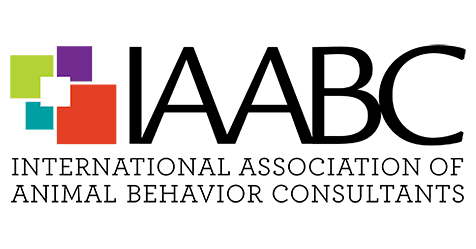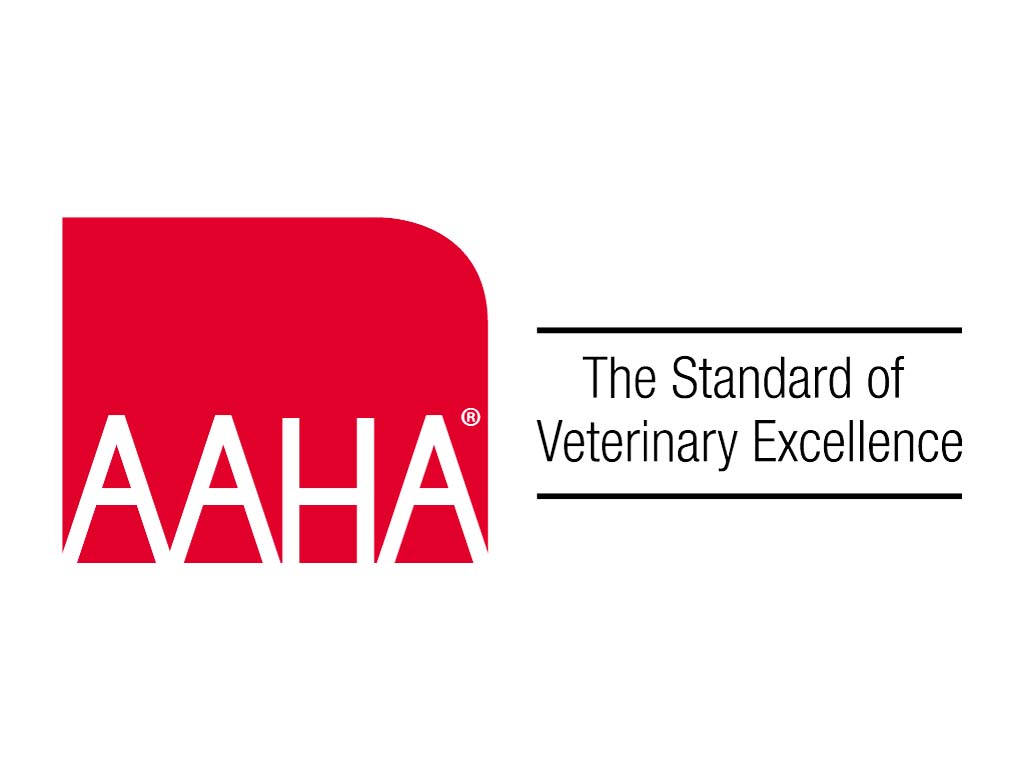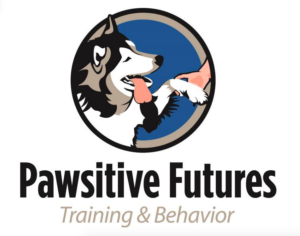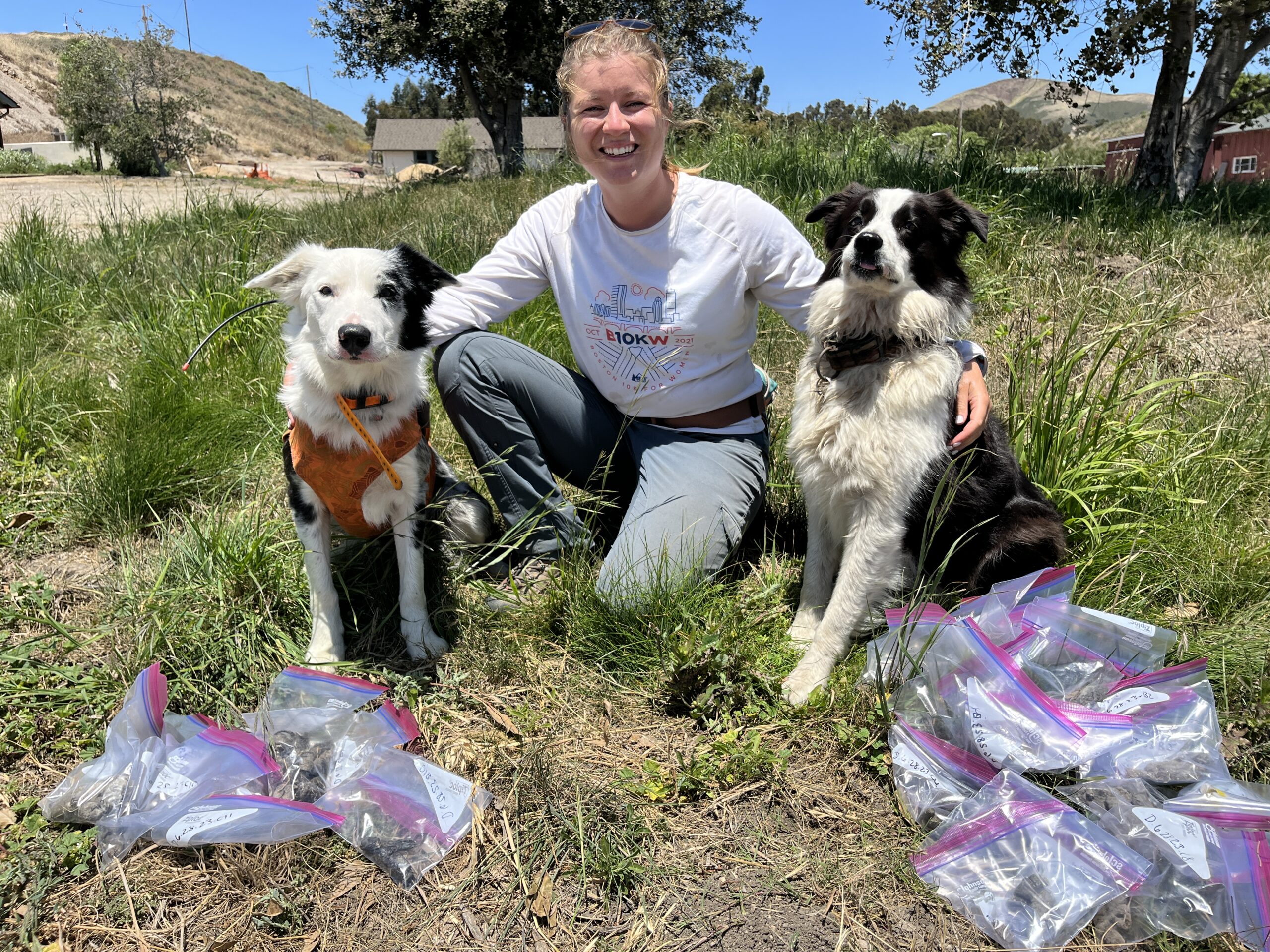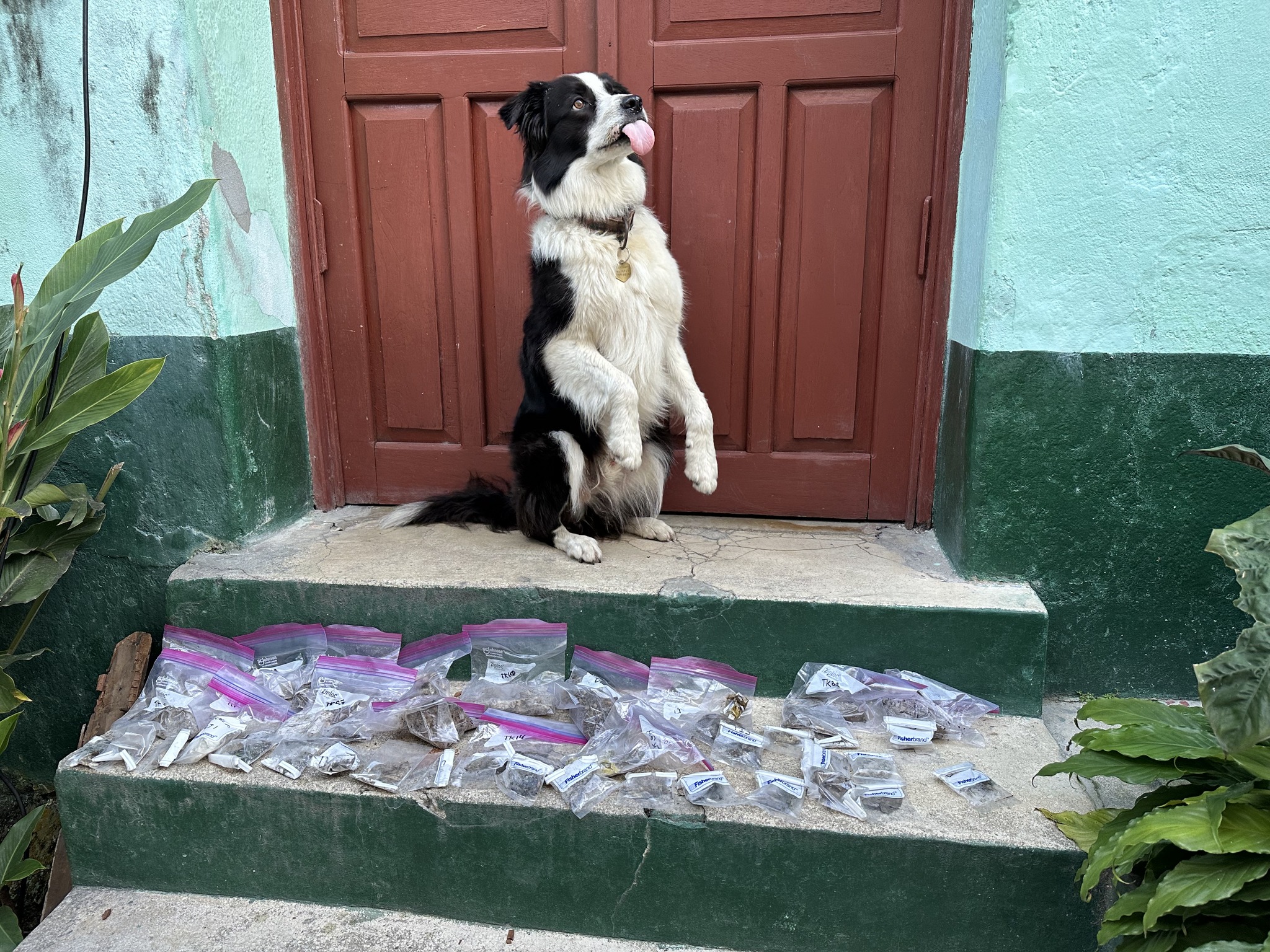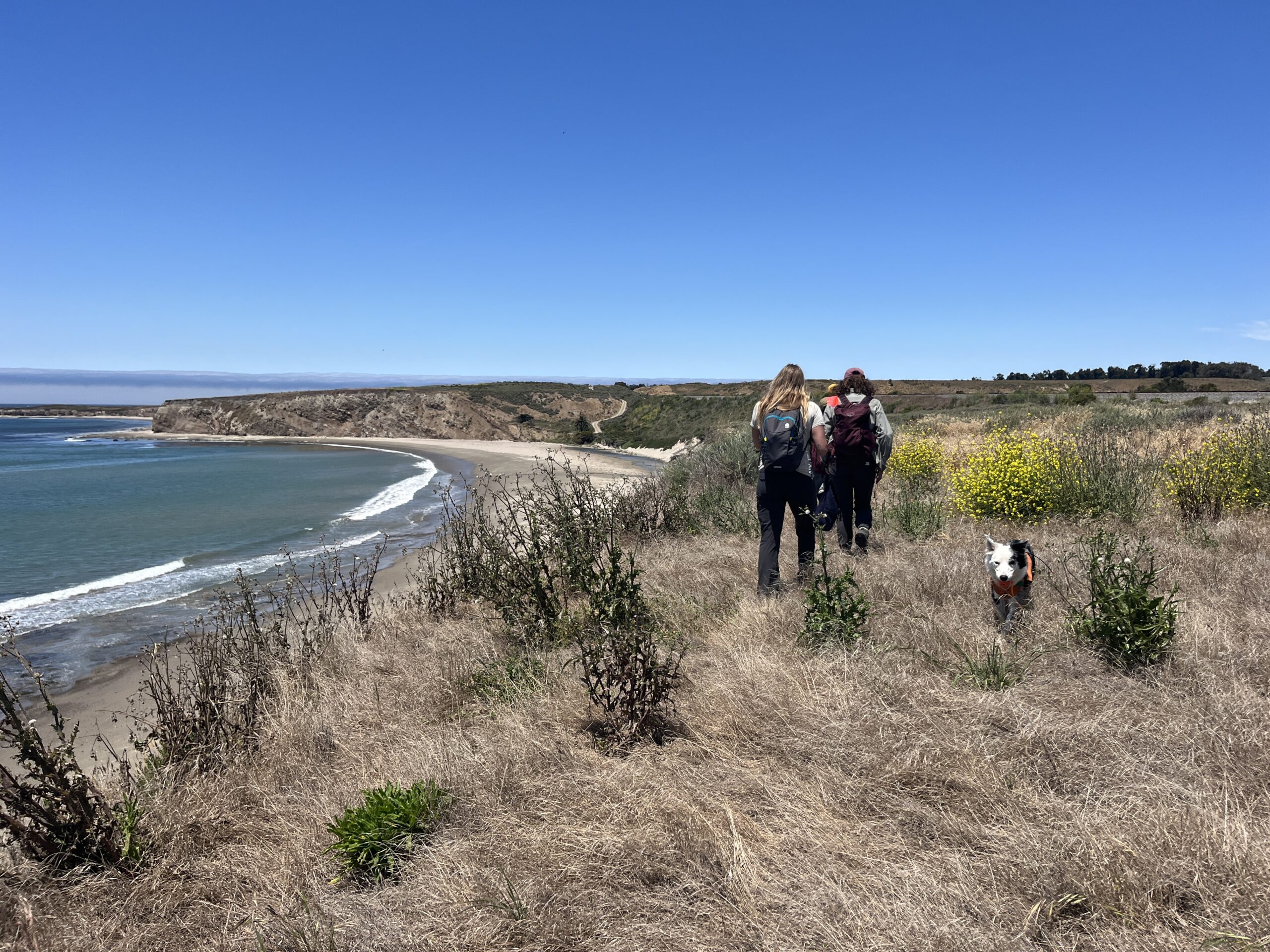DO YOU WANT TO PARTNER WITH EXPERT CONSERVATION DOG TEAMS ON YOUR NEXT PROJECT
OR
LEARN TO TRAIN YOUR OWN CONSERVATION DETECTION DOG?
Either way, you're in the right place.
DO YOU WANT TO PARTNER WITH EXPERT CONSERVATION DOG TEAMS ON YOUR NEXT PROJECT
OR
LEARN TO TRAIN YOUR OWN CONSERVATION DETECTION DOG?
Either way, you're in the right place.
DO YOU WANT TO PARTNER WITH EXPERT CONSERVATION DOG TEAMS ON YOUR NEXT PROJECT
OR
LEARN TO TRAIN YOUR OWN CONSERVATION DETECTION DOG?
Either way, you're in the right place.
Help K9 Conservationists Reach our holiday fundraising goals!
We have some exciting goals for 2024-25 and are asking for your help in making them a reality. Read more about each ask here. Our total goal is $23,950, which will cover several key goals for us:
1. $950 for GPS Collars and Handhelds.
2. $3.000 for the African Canines in Conservation Conference.
3. $20,000 for a documentary film crew covering our fieldwork in Alaska.
We are incredibly grateful for any support that you can offer to help us reach these goals. We know that there are so many worthy causes out there and appreciate your attention, time, and willingness to help our conservation dogs have an even broader impact.
Check out the K9 Conservationists Podcast below!
Global Conservation Support
We’ve had paws on the ground from Guatemala to Kenya and Indiana to California while supporting students remotely from 18+ countries.
Our specialties are Latin America and the USA's Intermountain West. Hablamos español!
Mentorship and Coaching
We offer an 18-module online course, monthly book club and coaching calls, and more to support aspiring conservation detection dog handlers prepare for this incredible career.
Teams You Can Trust
Our dogs are carefully selected and trained to meet project goals while keeping wildlife safe. Our field biologists are tough, capable, and curious. We are experienced in a variety of survey methods across the globe.
Global Conservation Support
We’ve had paws on the ground from Guatemala to Nebraska and Kenya to California while supporting students remotely from 18+ countries. Our specialties are Latin America and the USA's inter-mountain west. Hablamos español!
Mentorship and Coaching
We offer an 18-module online course, monthly book club and coaching calls, and more to support aspiring conservation detection dog handlers prepare for this incredible career.
Teams You Can Trust
Our dogs are carefully selected and trained to meet project goals while keeping wildlife safe. Our field biologists are tough, capable, and curious. We are experienced in a variety of survey methods across the globe.
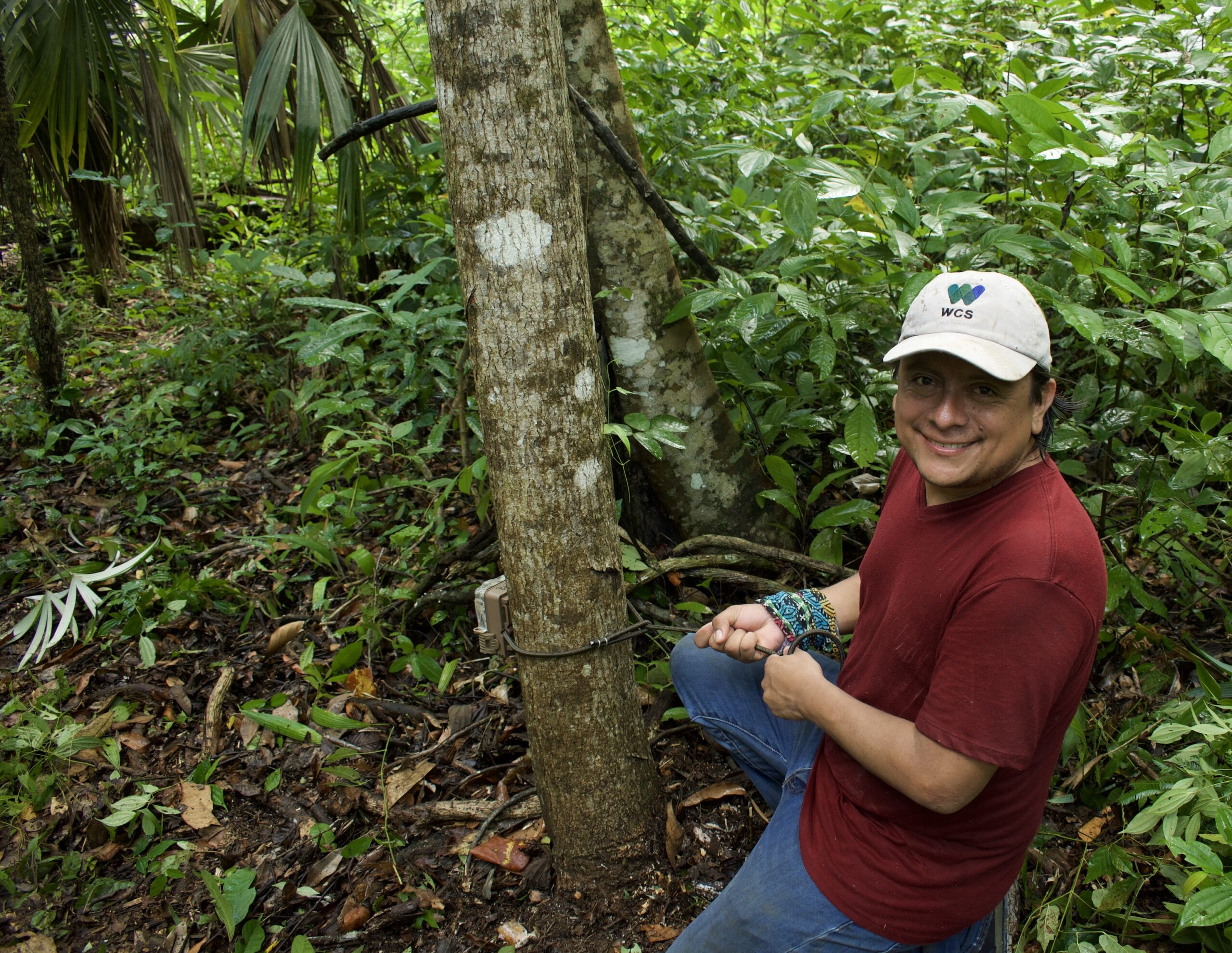
"We have been surveying jaguar populations in the Maya Biosphere Reserve for over 20 years. Knowing what they are eating is fundamental to understanding how this defines the presence and abundance of their populations in different sites of the reserve. One of the ways to determine jaguar diets is through the analysis of their scats, but it is not easy to find them in the jungle. Working with Barley, a K9 Conservationist scat detection dog, and his trainer Kayla Fratt facilitated this task and made the work in the field not only effective but also a lot of fun."
— Rony Alberto García Anleu,
Director of Biological Research for Wildlife Conservation Society-Guatemala Program and project partner
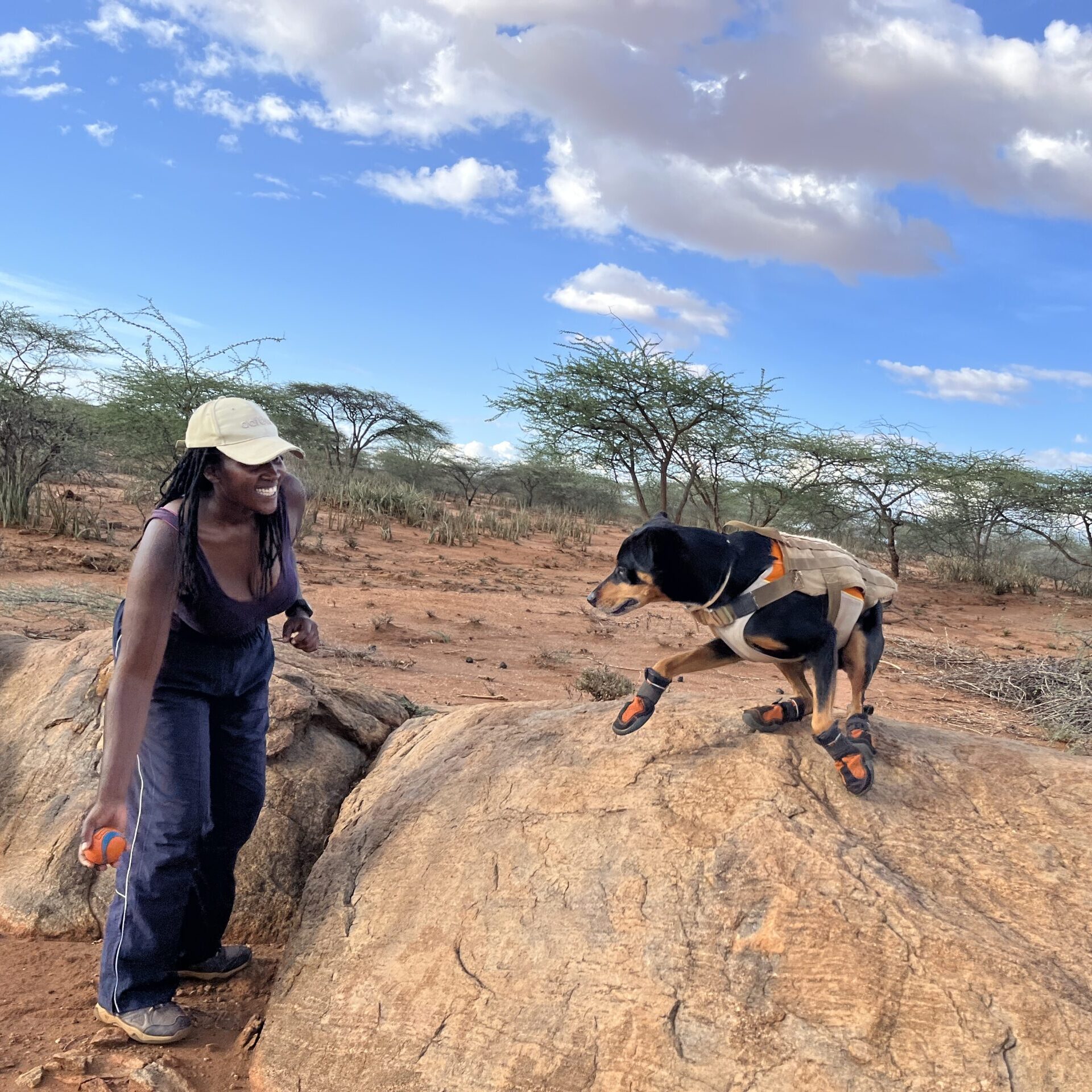
"Learning with the K9 Conservationists in 2022 for 3 months was an incredible journey. As a novice female dog handler, I always felt uncomfortable working with dogs and desperately sought online female trainers to help me overcome my struggles.
When Kayla, Heather, and Rachel came to train the K9 team at Action for Cheetahs in Kenya (ACK), I received more than I hoped. In those 3 months, my confidence working with the scat dogs improved, and I learned the basics of scent training, animal behavior, clicker training, and positive reinforcement.
I also learned the importance of asking questions and having a plan in mind before working with the dogs. Each trainer brought a different perspective to my training, which complemented each other perfectly."
— Naomi Kung'u,
Kenyan in-person student

"I have been K9 Conservationists' Patreon member for a few years now. Training alone in Finland, I have valued the community and all the knowledge it offers. I can bring a training challenge into the monthly Patreon video call and love the good spirit and creativity in generating ideas and sharing experiences. We have grown to be field ready, training and doing pro bono work along my day job."
— Janna Tirronen,
Finnish ecologist and remote mentee

"We have been surveying jaguar populations in the Maya Biosphere Reserve for over 20 years. Knowing what they are eating is fundamental to understanding how this defines the presence and abundance of their populations in different sites of the reserve. One of the ways to determine jaguar diets is through the analysis of their scats, but it is not easy to find them in the jungle. Working with Barley, a K9 Conservationist scat detection dog, and his trainer Kayla Fratt facilitated this task and made the work in the field not only effective but also a lot of fun."
— Rony Alberto García Anleu,
Director of Biological Research for Wildlife Conservation Society -Guatemala Program and project partner

"Learning with the K9 Conservationists in 2022 for 3 months was an incredible journey. As a novice female dog handler, I always felt uncomfortable working with dogs and desperately sought online female trainers to help me overcome my struggles.
When Kayla, Heather, and Rachel came to train the K9 team at Action for Cheetahs in Kenya (ACK), I received more than I hoped. In those 3 months, my confidence working with the scat dogs improved, and I learned the basics of scent training, animal behavior, clicker training, and positive reinforcement.
I also learned the importance of asking questions and having a plan in mind before working with the dogs. Each trainer brought a different perspective to my training, which complemented each other perfectly."
— Naomi Kung'u,
Kenyan in-person student

"I have been K9 Conservationists' Patreon member for a few years now. Training alone in Finland, I have valued the community and all the knowledge it offers. I can bring a training challenge into the monthly Patreon video call and love the good spirit and creativity in generating ideas and sharing experiences. We have grown to be field ready, training and doing pro bono work along my day job."
— Janna Tirronen,
Finnish ecologist and remote mentee
As seen in...


It's poop to us,
but Santa Barbara County researchers say it's a feast of info about carnivores
By Lance Orozco


These 'conservation' dogs can sniff out invasive plants and endangered species the size of a nickel
By Fiona Ng



A Review of Detection Distance for Search Dogs Based on Environment and Target Odor
By Kayla Fratt, CDBC, Rachel Hamre, and Heather Nootbaar


Kayla (From a Dream Job to Misery and Back Again)

Inspiring Conversations with Kayla Fratt of
K9 Conservationists

Meet Kayla Fratt | Conservation detection dog handler, nonprofit founder
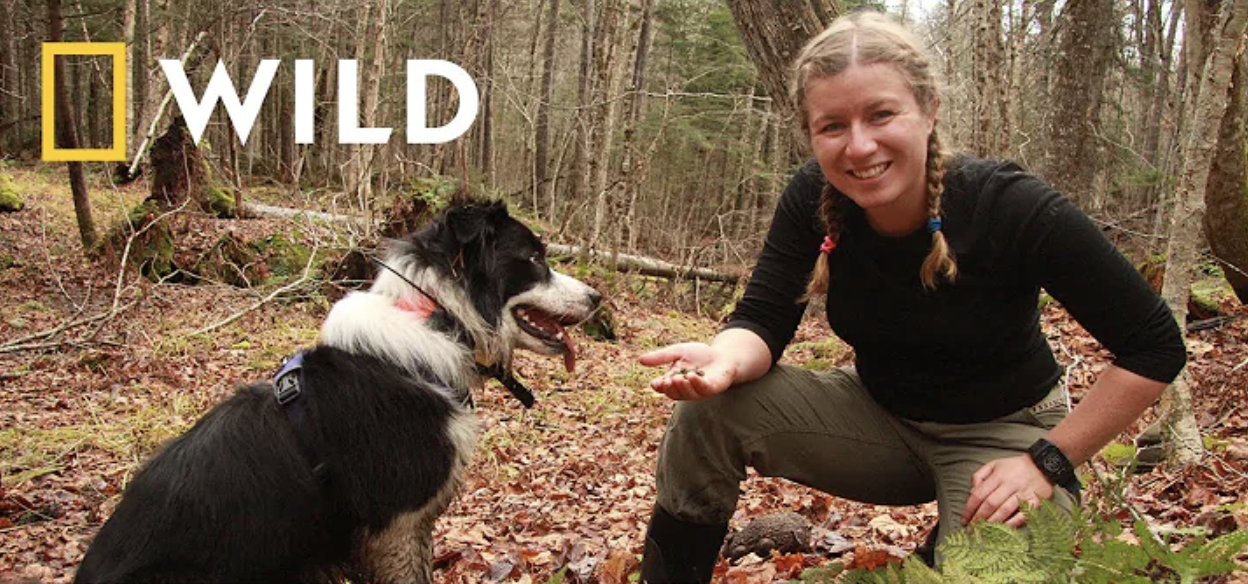
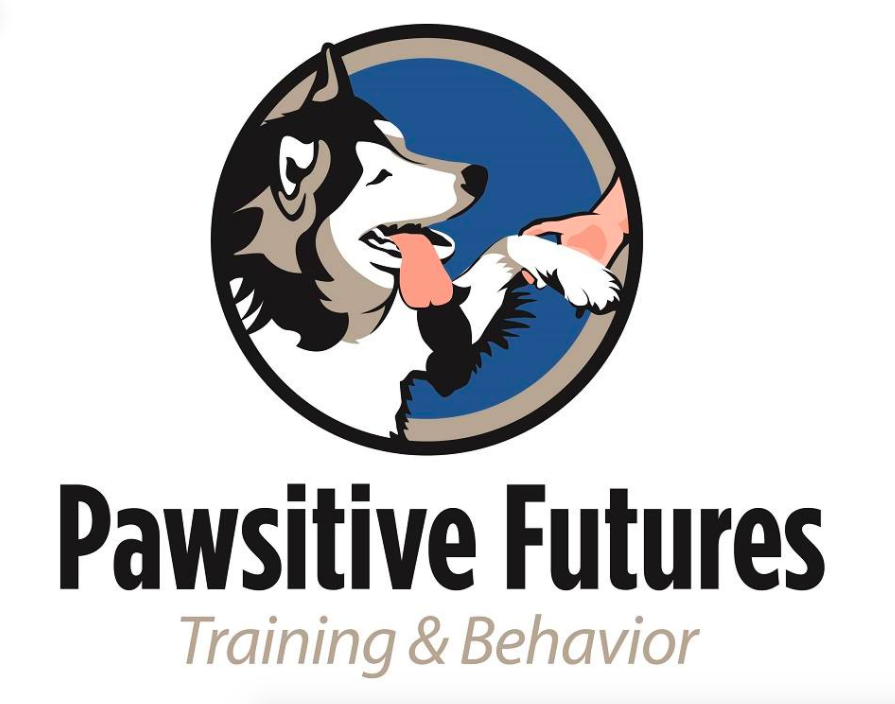
Dogs in Environmental Conservation Work
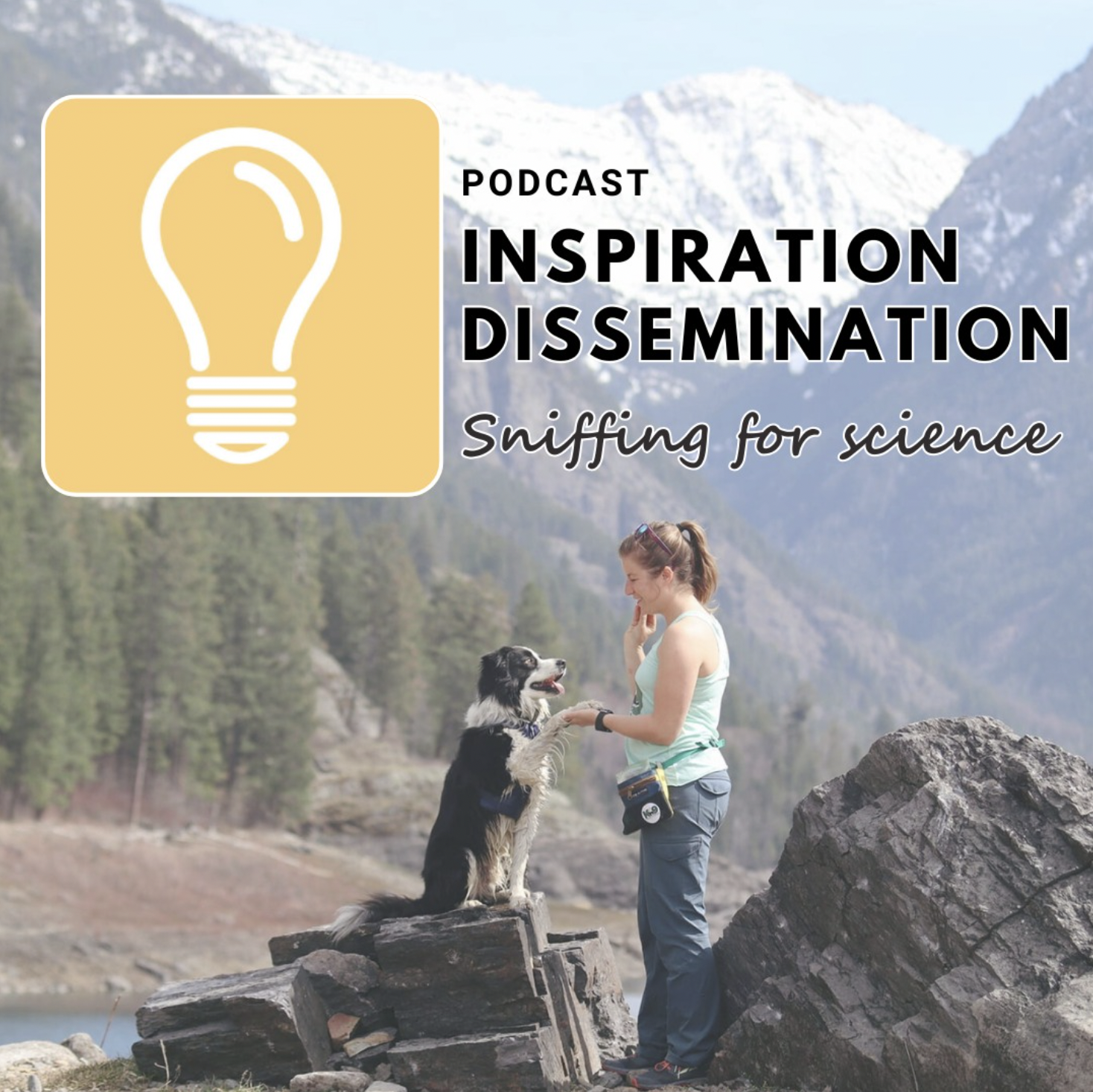

Barley the conservationist and his work in the U.S. and Latin America
January 2024
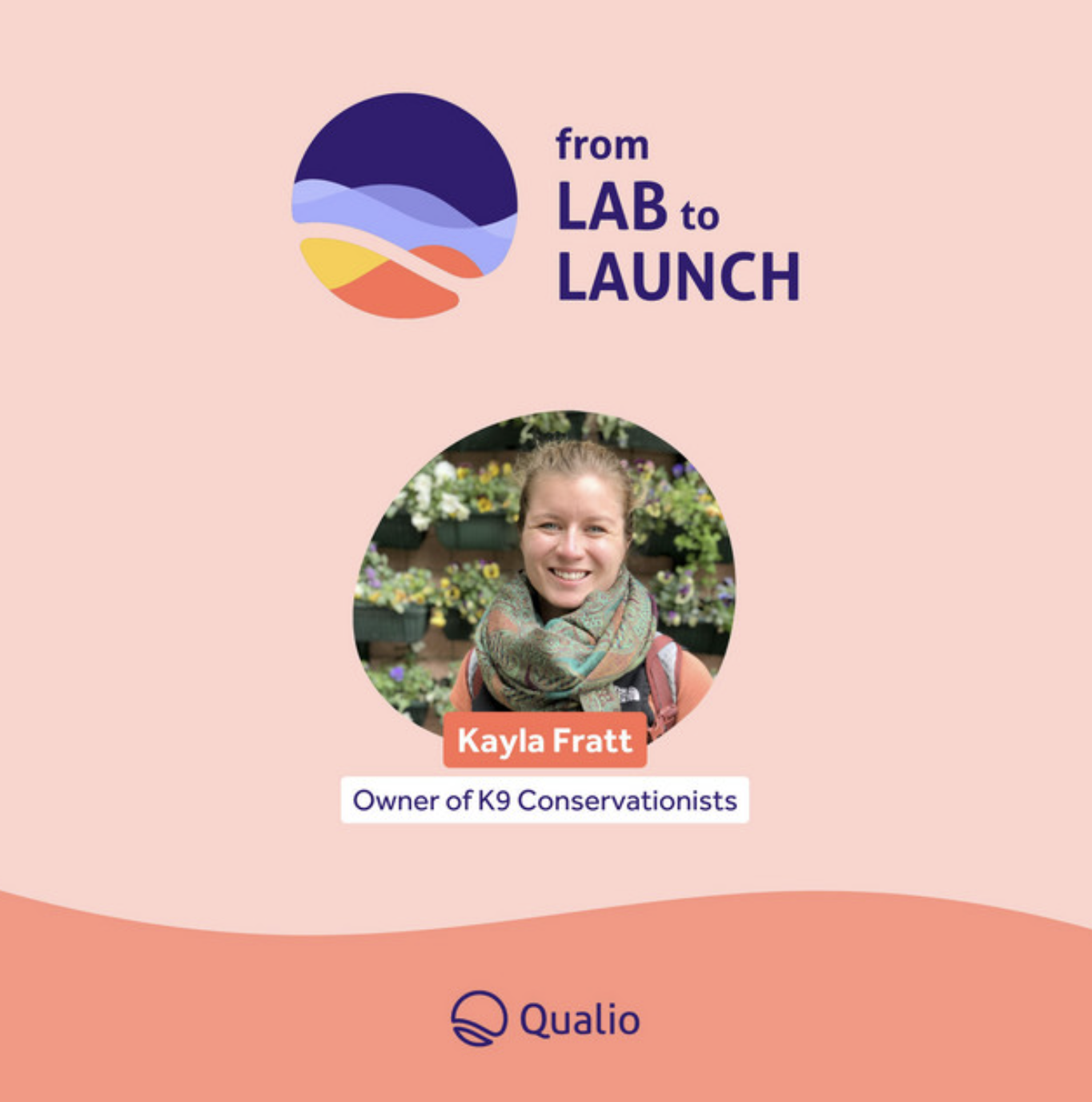
How Dogs Can Be Used in Research and Science with Kayla Fratt Co-Founder of
K9 Conservationists
From Lab to Launch Podcast
November 2022

You're Qualified -
To Become A Nonprofit Founder
You're Not Qualified Podcast
September 2022
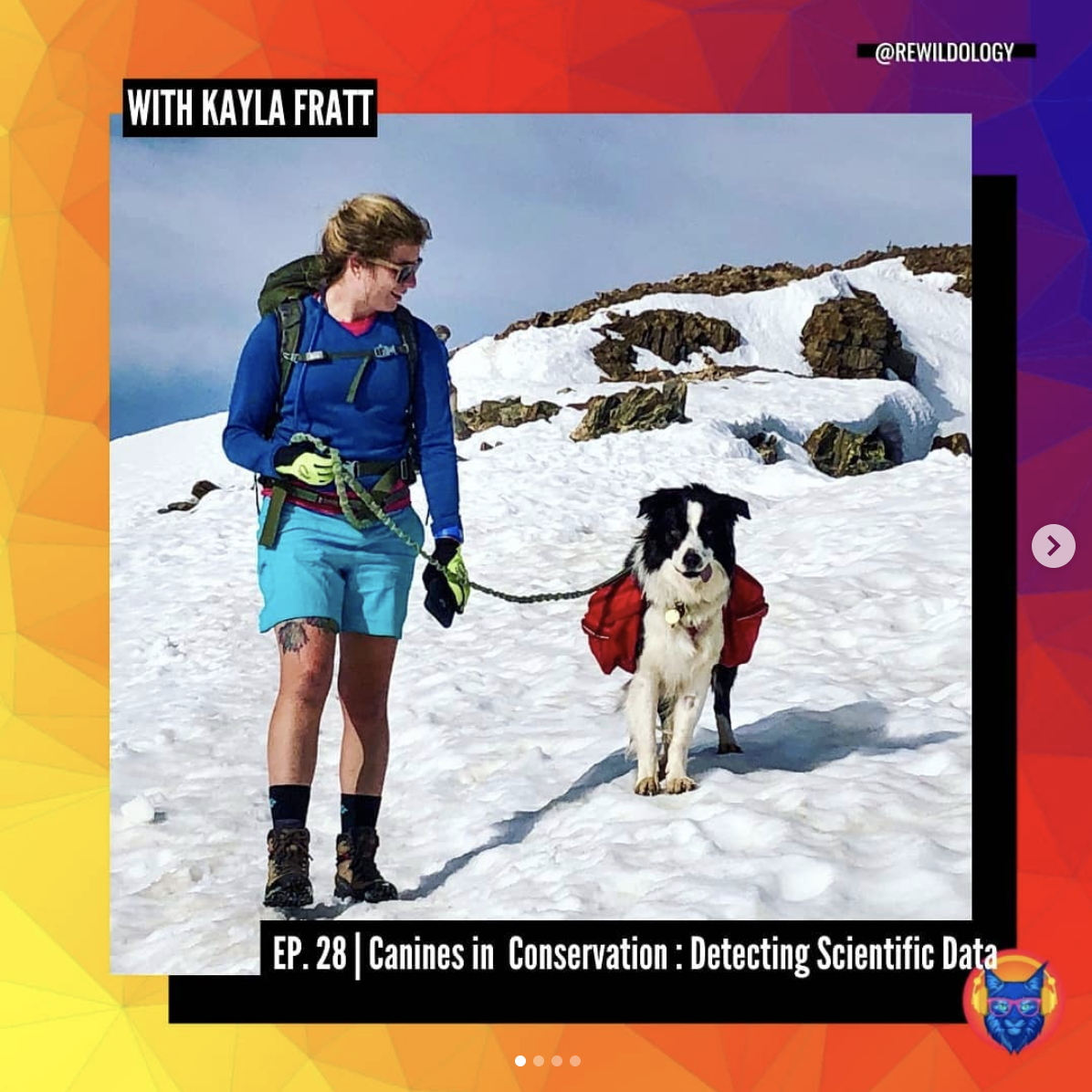
#28 | Canines in Conservation: Detecting Scientific Data with Kayla Fratt
Rewildology Podcast
June 2021
Kayla Fratt (CDBC) Introduces Us to Conservation Dog Training
Worry Less, Wag More:
The Behavior Vets Podcast
August 2022

E13: Conservation Detection Dogs with Kayla Fratt
The Deal With Animals with Marika S. Bell Podcast
December 2021
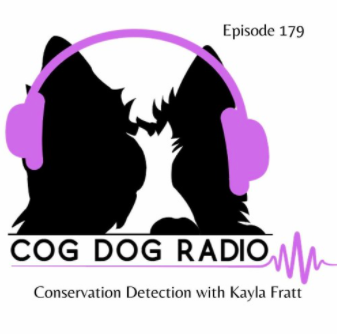
5
Expert conservation detection dogs ready to sniff out your data.
Our mostly-rescued team of canines have a wide range of expertise, but all bring enthusiasm and diligence to the job.
150+
Students from around the world learning about conservation dogs.
We are passionate about opening doors and offering a helping hand to aspiring conservation dog handlers.
16
Target odors (and counting), from jaguar scat to zebra mussels.
Learning a new target odor can take as little as 2 weeks of practice for an experienced dog. We love working on novel odors!
~9x
More targets found in challenging environments.
In 1 week, our teams found 60 carnivore scats in the dense rainforest of Guatemala. Human-only teams would have taken 2 months to match that!
5
Expert conservation detection dogs ready to sniff out your data.
Our mostly-rescued team of canines have a wide range of expertise, but all bring enthusiasm and diligence to the job.
150+
Students from around the world learning about conservation dogs.
We are passionate about opening doors and offering a helping hand to aspiring conservation dog handlers.
16
Target odors (and counting), from jaguar scat to zebra mussels.
Learning a new target odor can take as little as 2 weeks of practice for an experienced dog. We love working on novel odors!
~9x
More targets found in challenging environments.
In 1 week, our teams found 60 carnivore scats in the dense rainforest of Guatemala. Human-only teams would have taken 2 months to match that!
Our dogs and people love our work.
Here's why you will love working with us:
Here's why you will love working with us:
- Our dogs are able to search for multiple targets at once and collect data non-invasively.
- Our dogs are mobile and hardy, even in challenging field conditions.
- Our dogs are highly trained and able to work on or off leash for the safety of wildlife and the public.
- Our field biologist team is woman-led, young, enthusiastic, and dedicated.
- We train our dogs using the Humane Hierarchy framework of dog training. We are at the forefront of working animal welfare.
- Our teams complete double-blind odor recognition tests prior to fieldwork, whenever possible.
- Donors, school groups, and other education groups love hearing about and meeting our ambassador conservation detection dog.
 Donate
Donate



